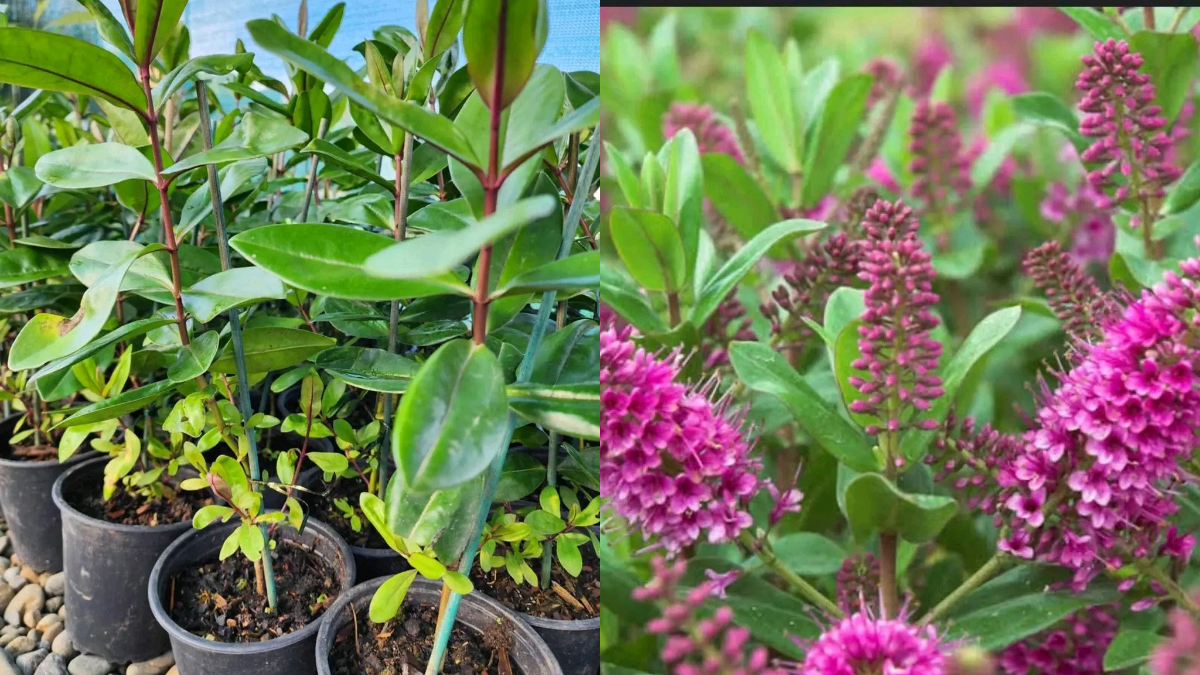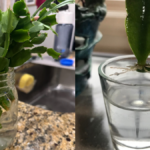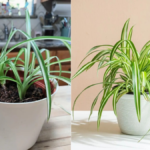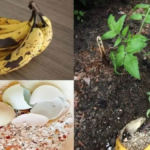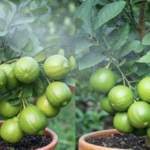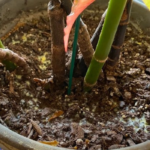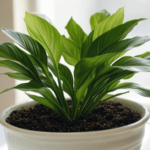How to Take Care of Hebe Plant – Hebe plant care is very easy if you know the right way. This evergreen plant grows well in pots as well as in the ground. With proper watering, good soil, sunlight, and a little care, your hebe plant will stay green and give beautiful flowers in summer and autumn.
I have been growing hebe plants in my garden for the last few years. From my experience, this plant does not need too much attention, but it likes the right soil and enough sunlight. In pots, it grows compact and looks very neat, and in open ground, it can become a medium-size bush. I am sharing my personal tips in this guide so that you can also keep your hebe plant healthy and colorful.
IN THIS ARTICLE
About Hebe Plant
The hebe plant is an evergreen shrub that originally comes from New Zealand. It is popular for its colorful leaves and small but attractive flowers. The flowers come in purple, pink, blue, or white shades and usually bloom in summer and autumn.
There are many types of hebes. Some are small and compact, perfect for pots and balcony gardens, while others grow larger and are used for hedges or borders. The leaves are also different in each type—some are plain green, while others have yellow or white edges.
Quick Tips for How to Take Care of Hebe Plant
- Soil: Well-draining, light, and slightly acidic to neutral.
- Watering: Keep soil moist, do not let it dry fully.
- Sunlight: Prefers full sun, but also grows in partial shade.
- Temperature: Best in mild climates, protect from harsh frost.
- Fertilizer: Use balanced fertilizer in growing season.
- Pruning: Trim lightly after flowering.
Watering the Hebe Plant
Watering is very important for hebes. In my experience, this plant does not like very dry soil, but it also cannot sit in too much water.
- In summer, water regularly so the soil stays slightly moist.
- In winter, water less because the plant grows slowly.
- Always check the top soil before watering. If the top 2–3 cm feels dry, then give water.
If you are growing hebes in pots, make sure the pot has a hole at the bottom for drainage. Overwatering can cause root rot.
Best Soil for Hebe Plant
The hebe plant grows best in light and well-draining soil. If the soil is too heavy or clayey, the roots will not grow properly.
From my own garden practice, the best mix is:
- 1 part garden soil
- 1 part compost
- 1 part sand
This mix keeps the soil fertile and also drains extra water. Slightly acidic to neutral pH (6–7) is ideal for hebes. Adding compost every few months keeps the soil rich and the plant happy.
Sunlight Requirement
The hebe plant loves sunlight. If you want more flowers and colorful leaves, keep it in full sun for at least 5–6 hours daily.
- Full Sun: Gives more flowers and compact growth.
- Partial Shade: Good for very hot regions, protects leaves from burning.
I have seen that hebes kept in sunlight always bloom better compared to those growing in shade.
Temperature and Humidity
Hebes like mild weather. They can tolerate a little cold but not very harsh frost. In very cold places, it is better to grow them in pots so you can move them indoors in winter.
- Best temperature: 10–25°C
- Humidity: Normal garden humidity is fine.
If the weather is too hot, give some afternoon shade to protect the plant.
Fertilizing the Hebe Plant
Fertilizer gives the plant energy to grow and flower well. A balanced fertilizer like NPK 10:10:10 works best.
- Feed once in spring when new growth starts.
- Feed again in mid-summer to support flowering.
- Do not overfeed, as too much fertilizer makes more leaves but fewer flowers.
I personally prefer adding organic compost every 2–3 months. It is natural and keeps the soil healthy for long term.
Pruning Hebe Plant
Pruning keeps the hebe neat and bushy. After the flowers finish, cut back the stems lightly. This will encourage new shoots and sometimes another round of flowers in autumn.
- Light pruning: After flowering to keep the shape.
- Do not cut too hard: Hebes do not grow back well from old wood.
From my experience, light trimming after summer flowers always helps the plant stay fresh and colorful.
Propagation of Hebe Plant
You can easily make new hebes from cuttings. I have done this many times in my garden, and it works well.
Steps:
- Take a cutting of 7–10 cm from a healthy non-flowering stem in late summer.
- Remove the bottom leaves and keep only 2–3 leaves at the top.
- If available, dip the cutting in rooting hormone.
- Plant it in a small pot with sandy compost.
- Keep it moist and place in bright but indirect light.
In about 4–6 weeks, roots will form. Once strong, move the cutting to a bigger pot or garden soil.
Common Problems in Hebe Plant
| Problem | Reason | Solution |
|---|---|---|
| Yellow leaves | Overwatering or poor soil | Improve drainage, water less |
| No flowers | Not enough sun, too much fertilizer | Move to sunny spot, reduce feeding |
| Root rot | Soil stays too wet | Use well-draining soil, avoid excess water |
| Pest attack (aphids, spider mites) | Hot and dry weather | Spray neem oil or mild insecticide |
In my garden, hebes rarely face big problems. Most issues come only when the soil is wrong or the plant is kept in too much shade.
Conclusion
The hebe plant is a strong and beautiful shrub that is perfect for any garden or balcony. With the right soil, proper watering, enough sunlight, and a little pruning, you can enjoy this evergreen plant throughout the year. From my gardening experience, I can say that hebes are low-maintenance but very rewarding. If you want a plant that gives both green beauty and colorful flowers, the hebe plant is one of the best choices.
